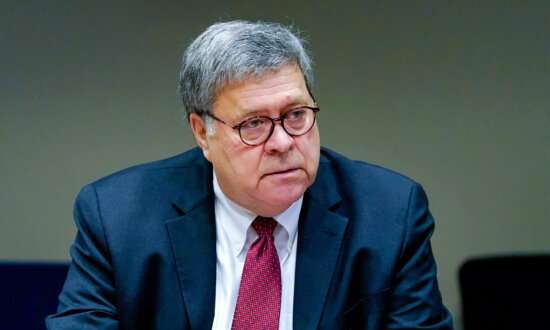On July 16, 1969, three Americans – Neil Armstrong, Buzz Aldrin and Mike Collins – sat atop a three-stage rocket, 36 stories tall, filled to the gills with fuel, headed for the moon. The journey was radical, untried and daring – the culmination of a remarkable and arguably epic national commitment.
The notion of getting three men to the moon, entering lunar orbit, descending with two in a spider-like module, and returning to Earth was more than novel. It seemed like science fiction.
Plans for the daring mission were less than a decade old. But exploring the moon was a timeless ambition, made almost believable by Jules Verne’s “From the Earth to the Moon” in 1865.
No doubt for as long as men and women have looked up at the night sky, some have wondered what it would be like to set foot on that bright object that seems so close and yet so far. On that summer day 50 years ago, humans were finally making the trip to find out.
But for better or worse, America’s race for the moon was about more than wonder and exploration. It was a race for dominance in space, and peace on Earth. America joined the race when the Soviet Union had a major lead in space, shocking the world first with its Sputnik Earth-orbiting satellite, followed by sending cosmonaut Yuri Gagarin into space.
In truth, our “space race” was more than a journey into the unknown – it was a way of proving America’s democracy was morally, politically and technologically superior to a communist and totalitarian system of government. But instead of meeting our adversary in battle to prove our dominance, we were racing to be the moon.
Apollo 11 was the ultimate test of national resolve and willingness to risk all for what was – quite literally – a high purpose.
The Apollo program pushed all kinds of engineering to the breaking point, pioneered computer sciences, forced mastery of navigation beyond Earth’s gravity, and drew on human daring.
The race to the moon was an enormously challenging test: Which society – free and open, or ruthless and controlling – could first achieve what seemed impossible? As it turned out, America did – and the Soviet Union never has.
If you happen to visit the American and Soviet space-race exhibit at the Smithsonian Institution in Washington, note a riveting fact. The American and Soviet spacesuits, each impressive, stand side by side behind glass.
The Soviet one is well-trimmed, as is the American one. But the American one is different. It has dust on the knees – moon dust. That dust makes all the difference.
So on a hot day in July 1969, three brave Americans sat atop the world’s biggest powder keg, bracing for lift-off in the Saturn V – a pile of fuel and metal that held two kilotons of explosive power.
You know the rest. Apollo 11 had a flawless lift-off.
Aldrin recently said: “Launch was so smooth compared to Gemini launches that we did not know the instant of leaving the ground …. We only knew it from the instruments and voice communications …. We saw our rate of climb, altitude changing, but were comfortable in our seats. We sort of looked at each other and thought, ‘We must be on our way …what’s next?’”
That was the temperament of the Apollo astronauts, and of many Americans – both then and now. The American spirit is irrepressible, invariably returning to the question “what’s next?”
That is what carried those three Americans to the moon, where Armstrong declared setting foot on the surface “one small step for man, one giant leap for mankind,” and Aldrin described the vast expanse as “magnificent desolation.”
The astronauts set up experiments, took some photos, left a gracious plaque – “We Came in Peace for All Mankind” – and then lit their ascent engine. They called “first on the runway” and rejoined Collins in the command module.
From there, they traveled a quarter-million miles, watching Earth grow bigger as they drew near – a planet covered with one thumb from the moon’s surface, and unique in the universe.
Back on terra firma, the astronauts rejoiced. So did America. So did the world. Victory was shared.
As President Nixon noted to the two astronauts standing on the moon: “This has to be the proudest day of our lives …. Because of what you have done, the heavens have become a part of man’s world …. For one priceless moment in the whole history of man, all the people on this Earth are truly one.”
What is the real meaning of Apollo 11? Aldrin recently noted: “Apollo showed that this nation can do whatever is required, when destiny calls on us to unify and step up. It was an honor to be a part of Apollo. That was how I felt in 1969, how I still feel. This is a blessed nation, truly blessed, and we are all lucky to be part of it. I hope we never forget how lucky we are to be Americans.”
CLICK HERE TO GET THE FOX NEWS APP
In July 1969, three Americans “lit the candle,” took America to the moon – and with them all humankind.
In 2019, 50 years later, we again turn eyes to the heavens, working on return to the moon, and then onward to Mars. And somehow that seems right. The time is right. Onward! “What’s next?”
CLICK HERE TO READ MORE BY ROBERT CHARLES












